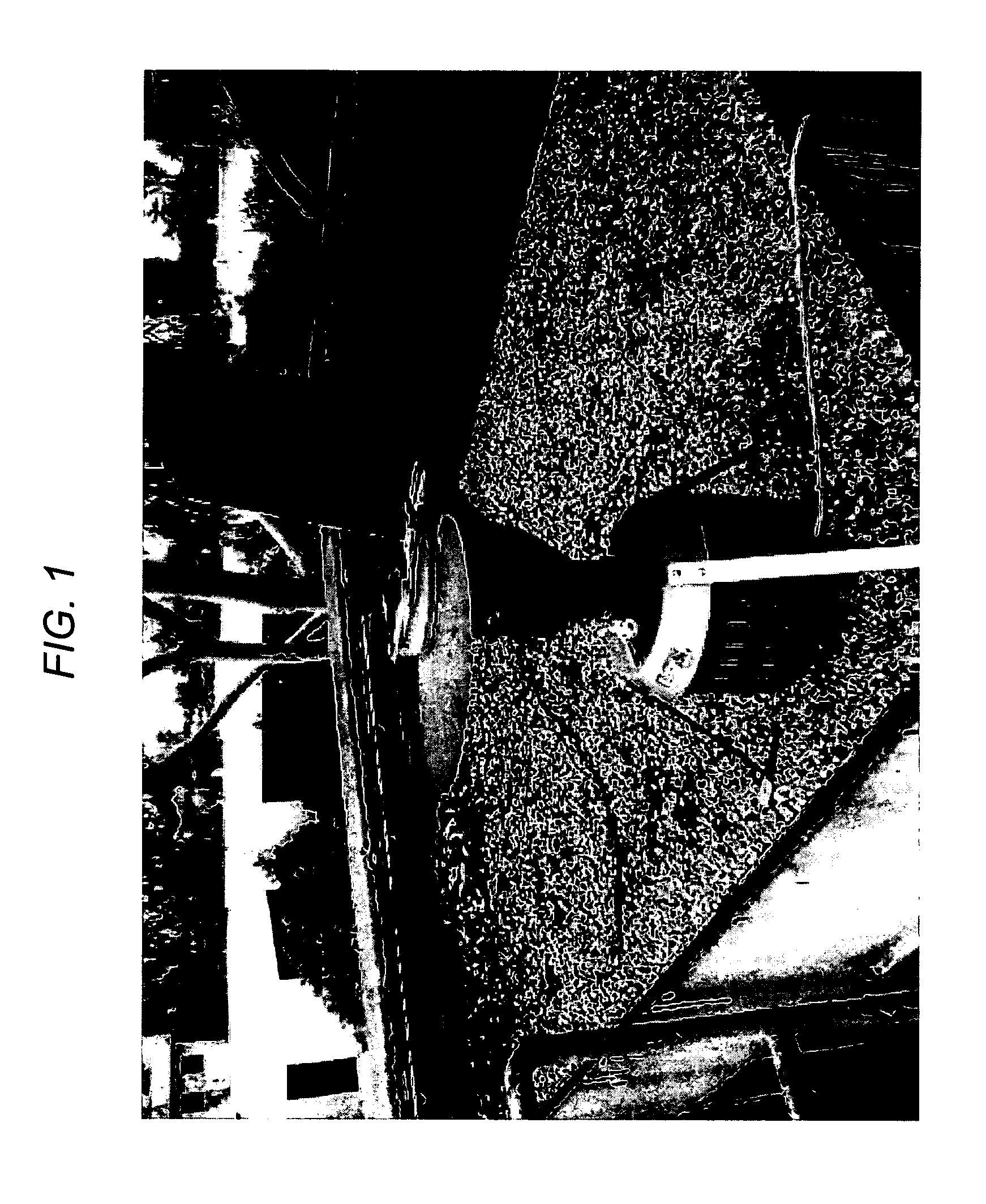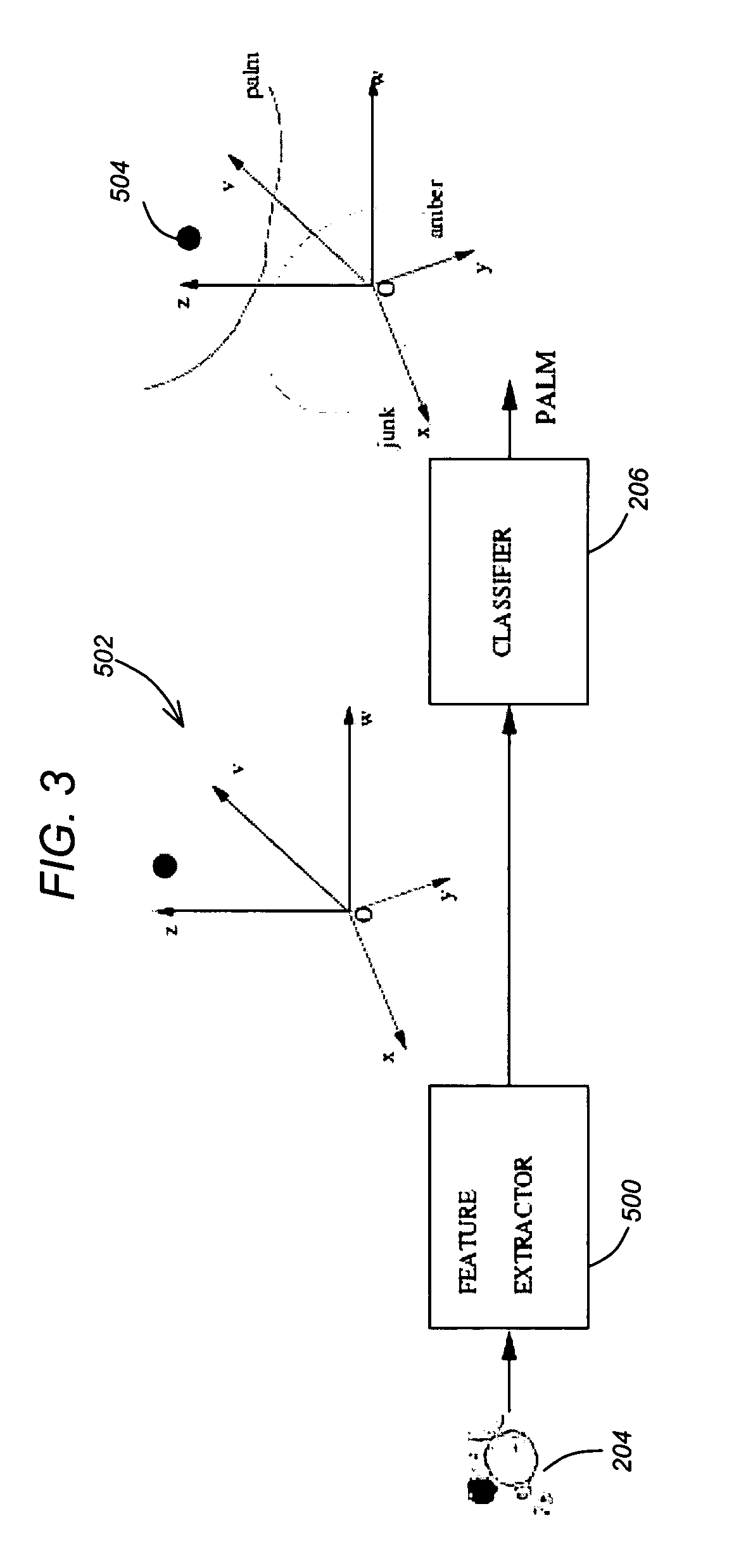Automatic visual recognition of biological particles
- Summary
- Abstract
- Description
- Claims
- Application Information
AI Technical Summary
Benefits of technology
Problems solved by technology
Method used
Image
Examples
Embodiment Construction
[0086] In the following description, reference is made to the accompanying drawings which form a part hereof, and which is shown, by way of illustration, several embodiments of the present invention. It is understood that other embodiments may be utilized and structural changes may be made without departing from the scope of the present invention.
Overview
[0087] One or more embodiments of the invention provide a system for automatic recognition of particle categories. Furthermore, the system provides a general approach to enable work with several kinds of corpuscles which are found in microscopic analysis. In this way, it is easy to add new classes to the already considered set and, no new customized reprogramming is required.
[0088] Generally, input images of a system have resolution of nearly 1024×1024 pixels, while the objects of interest have square bounding boxes with sides between 30 and 200 pixels. The average side is around 60 pixels. Accordingly, the system has to handle ...
PUM
 Login to View More
Login to View More Abstract
Description
Claims
Application Information
 Login to View More
Login to View More - R&D
- Intellectual Property
- Life Sciences
- Materials
- Tech Scout
- Unparalleled Data Quality
- Higher Quality Content
- 60% Fewer Hallucinations
Browse by: Latest US Patents, China's latest patents, Technical Efficacy Thesaurus, Application Domain, Technology Topic, Popular Technical Reports.
© 2025 PatSnap. All rights reserved.Legal|Privacy policy|Modern Slavery Act Transparency Statement|Sitemap|About US| Contact US: help@patsnap.com



